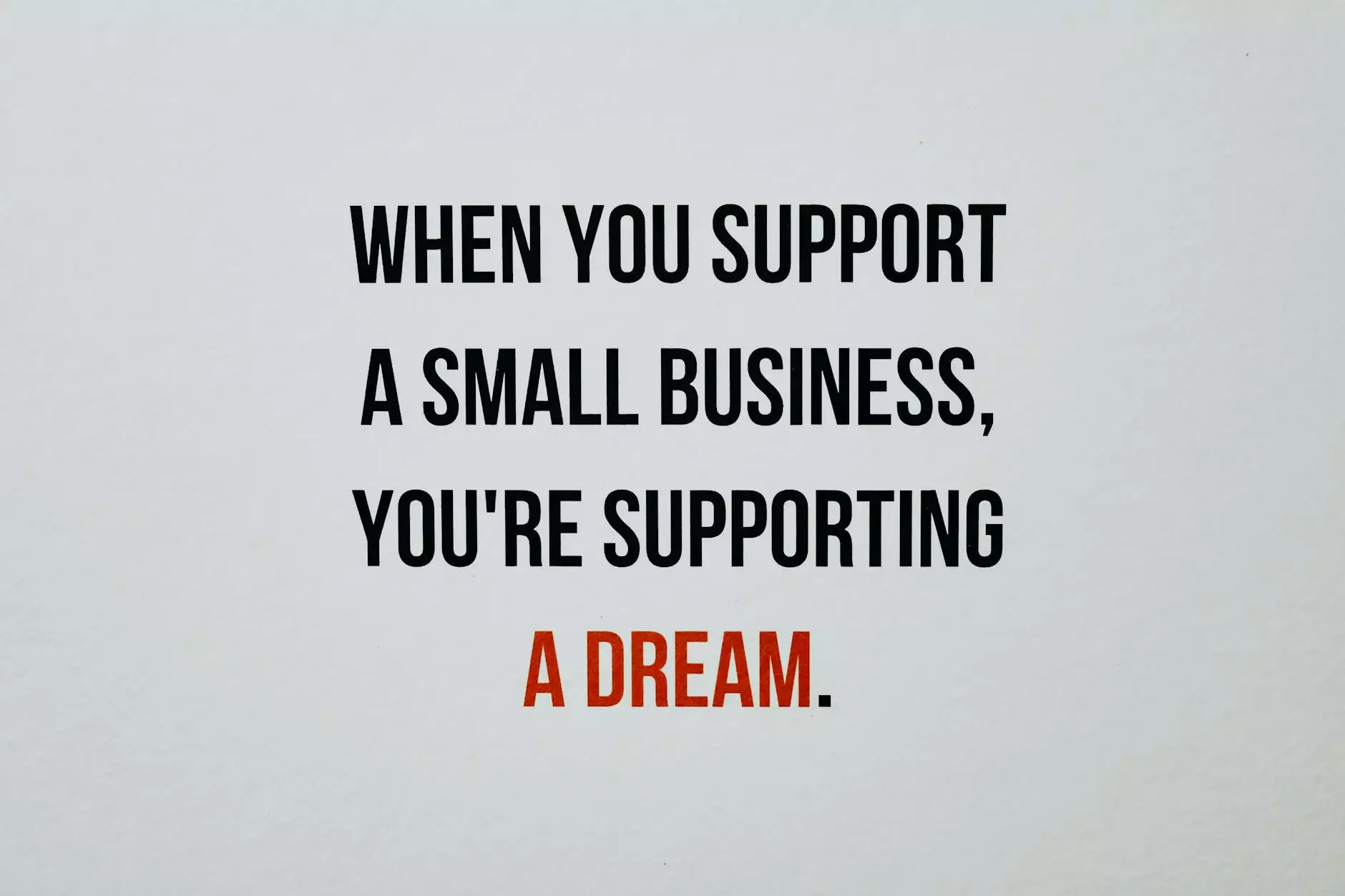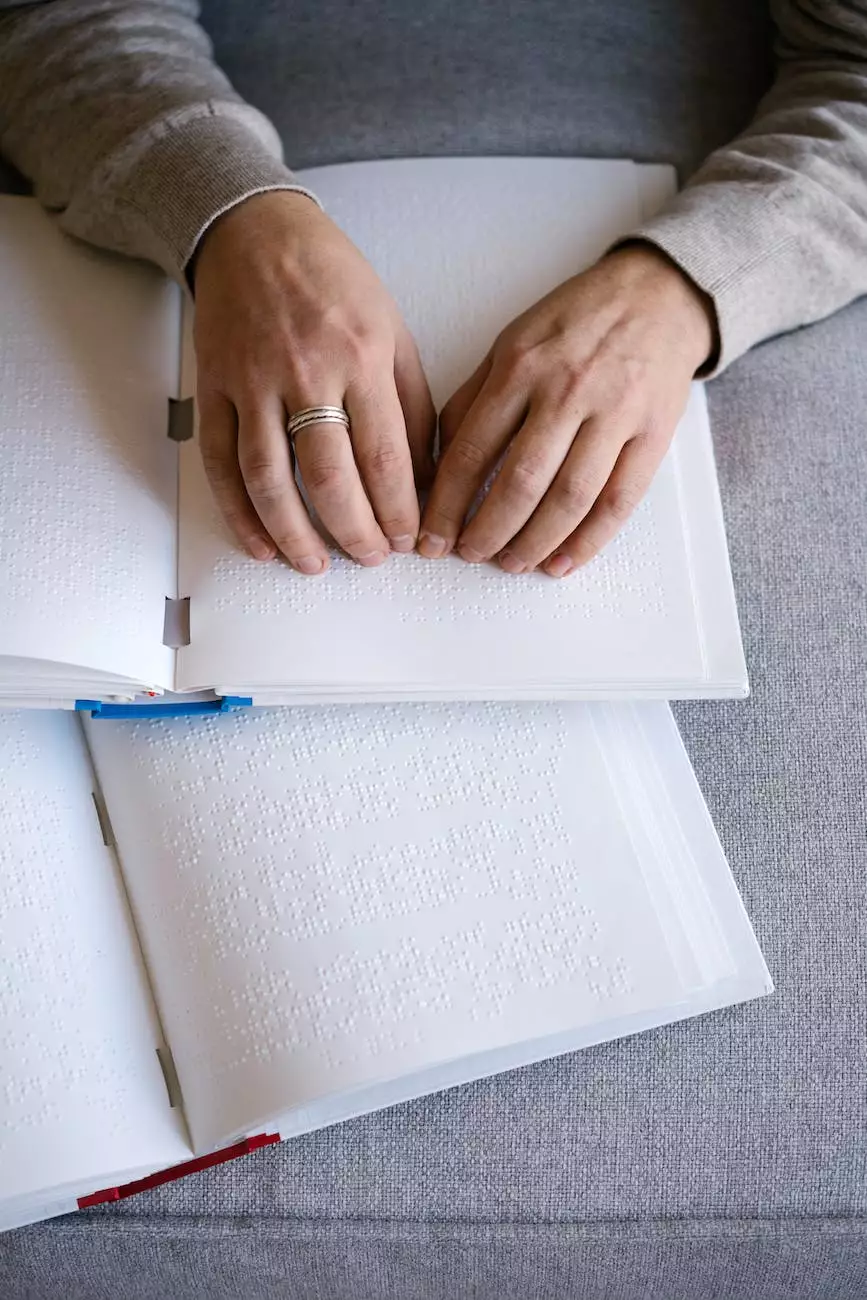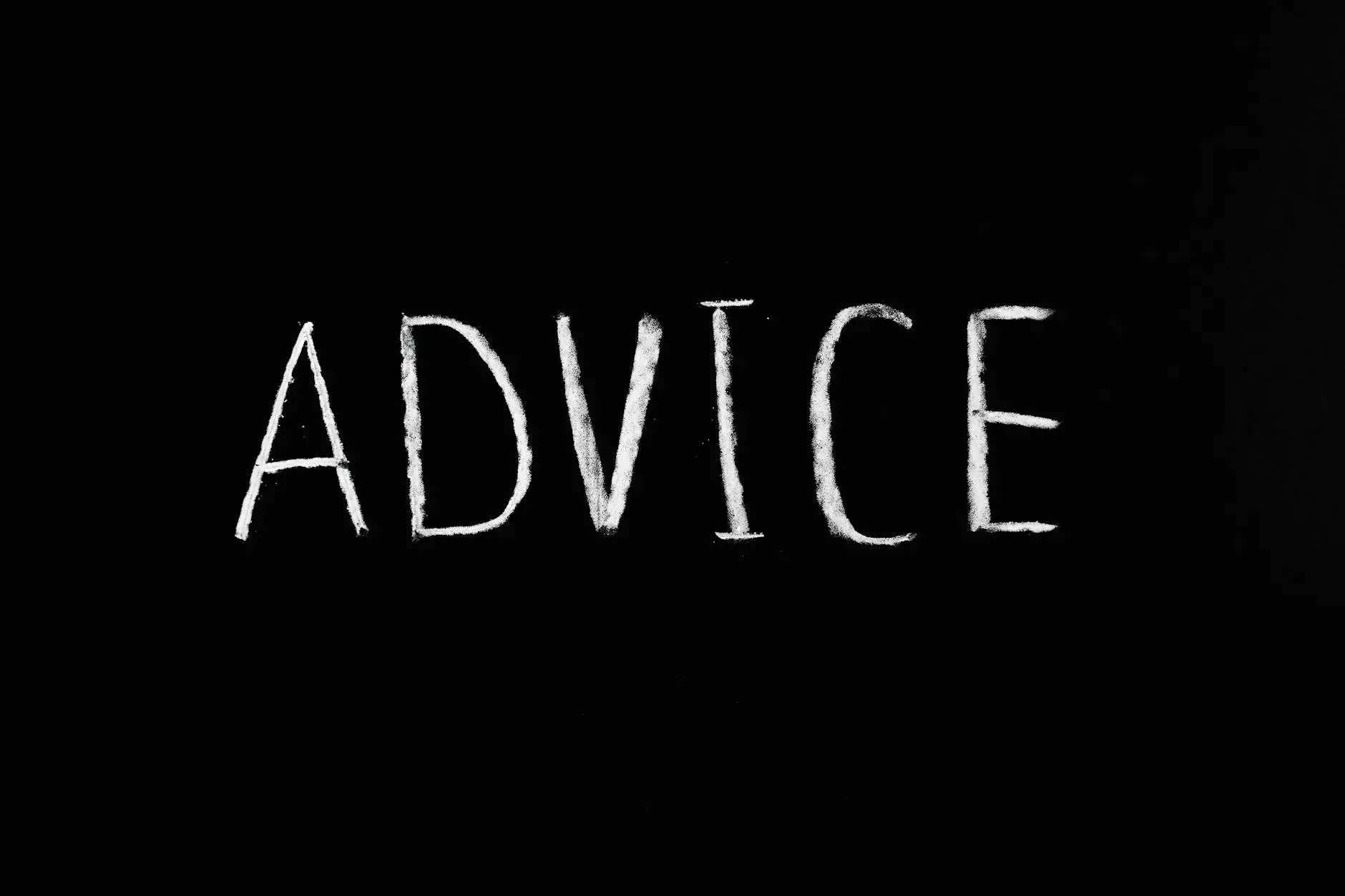Strategies for Employment Success for ASD - Visual Support for Communication

Introduction
Welcome to Fountain of Hope's page on Strategies for Employment Success for ASD (Autism Spectrum Disorder). We understand that individuals with ASD may face unique challenges in the workplace, particularly when it comes to communication. That's why we have compiled this comprehensive guide to provide visual support strategies to enhance their employment experiences.
About Fountain of Hope
Fountain of Hope is a community-oriented organization dedicated to supporting individuals with ASD, their families, and the broader community. We believe in fostering inclusion, providing resources, and promoting understanding for people with ASD across various aspects of life, including employment.
Understanding Autism Spectrum Disorder (ASD)
ASD is a developmental disorder that affects an individual's social interactions, communication skills, and behavior patterns. People with ASD may face challenges when it comes to verbal and nonverbal communication, making visual support strategies crucial in supporting their success in the workplace.
The Importance of Visual Support for Communication
Visual support plays a pivotal role in improving communication for individuals with ASD. By incorporating visual aids and cues into the work environment, employers can create a more accessible and inclusive space for employees with ASD. The following strategies outline ways to enhance communication using visual support:
1. Visual Schedules
Implementing visual schedules helps individuals with ASD understand and anticipate daily work tasks and expectations. These schedules can be created using pictures, symbols, or written instructions, providing a visual roadmap of the workday.
2. Visual Cues and Prompts
Visual cues and prompts support individuals with ASD in understanding and following instructions. Color-coded labels, visual reminders, and step-by-step guides can help facilitate comprehension and task completion.
3. Social Stories
Social stories are visual narratives that explain social situations, expected behaviors, and appropriate responses. Creating personalized social stories can aid individuals with ASD in navigating social interactions within the workplace and understanding social cues.
4. Visual Supports for Meetings
Meetings can be overwhelming for individuals with ASD due to the sensory and social demands. Employers can incorporate visual supports, such as visual agendas, graphic organizers, and visual aids, to facilitate engagement and comprehension during meetings.
5. Visual Communication Tools
Utilizing visual communication tools, such as communication boards, visual schedules, and electronic devices with visual prompts, can enhance communication between employees with ASD and their colleagues or supervisors.
6. Workstation Organization
Creating a well-organized and visually structured workstation can help reduce anxiety and increase productivity for individuals with ASD. Clear labels, visual spatial boundaries, and color-coded systems can contribute to a more organized work environment.
7. Visual Job Instructions
Providing job instructions in a visual format, such as infographics or flowcharts, can assist individuals with ASD in comprehending and completing tasks efficiently. Visual cues can supplement verbal instructions, ensuring clarity and reducing misunderstandings.
Conclusion
By implementing visual support strategies in the workplace, employers can create a more inclusive and supportive environment for individuals with ASD. Fountain of Hope believes in the power of visual communication and strives to equip employers with the knowledge and resources needed to promote successful employment experiences for individuals with ASD. By embracing these strategies, employers can foster an inclusive community and help individuals with ASD thrive in their professional endeavors.










